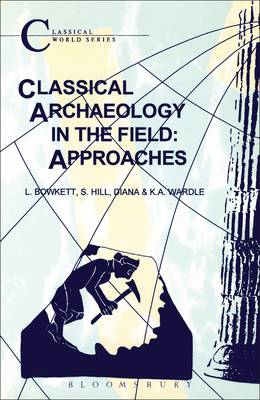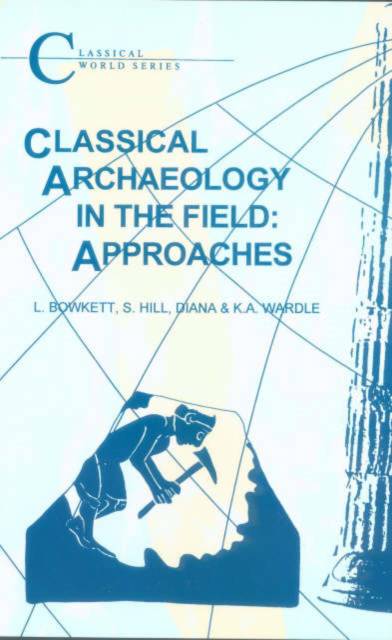
Bedankt voor het vertrouwen het afgelopen jaar! Om jou te bedanken bieden we GRATIS verzending (in België) aan op alles gedurende de hele maand januari.
- Afhalen na 1 uur in een winkel met voorraad
- In januari gratis thuislevering in België
- Ruim aanbod met 7 miljoen producten
Bedankt voor het vertrouwen het afgelopen jaar! Om jou te bedanken bieden we GRATIS verzending (in België) aan op alles gedurende de hele maand januari.
- Afhalen na 1 uur in een winkel met voorraad
- In januari gratis thuislevering in België
- Ruim aanbod met 7 miljoen producten
Zoeken
€ 52,45
+ 104 punten
Omschrijving
Archaeology has progressed enormously since the early excavations of classical sites such as Olympia and Ephesus in the middle of the 19th century. New methods and modern techniques, which depend on the rigorous application of skills from a wide range of disciplines, now offer a better perspective on the material culture of the classical world.
This book combines explanation of methods and techniques with case studies of particular sites which demonstrate different themes in, and approaches to, classical archaeology. It examines principles and methods including prospecting, excavation, dating, stratigraphy and presentation, alongside an account of the development of Classical archaeology (for example, as in the work of famous pioneers such as Evans and Schliemann) to the more scientific approaches used in contemporary projects. Written by a group of active field archaeologists, this book demonstrates the progression of a project from planning and prospection, through excavation and study to interpretation and public presentation. It also provides links to a wide range of internet resources to enable students to follow through case studies of recent survey and excavation ranging in time from the Bronze Age to the early Byzantine, and in extent from Britain to Turkey.Specificaties
Betrokkenen
- Auteur(s):
- Uitgeverij:
Inhoud
- Aantal bladzijden:
- 144
- Taal:
- Engels
- Reeks:
Eigenschappen
- Productcode (EAN):
- 9781853996177
- Verschijningsdatum:
- 31/10/2001
- Uitvoering:
- Paperback
- Formaat:
- Trade paperback (VS)
- Afmetingen:
- 141 mm x 215 mm
- Gewicht:
- 195 g

Alleen bij Standaard Boekhandel
+ 104 punten op je klantenkaart van Standaard Boekhandel
Beoordelingen
We publiceren alleen reviews die voldoen aan de voorwaarden voor reviews. Bekijk onze voorwaarden voor reviews.









